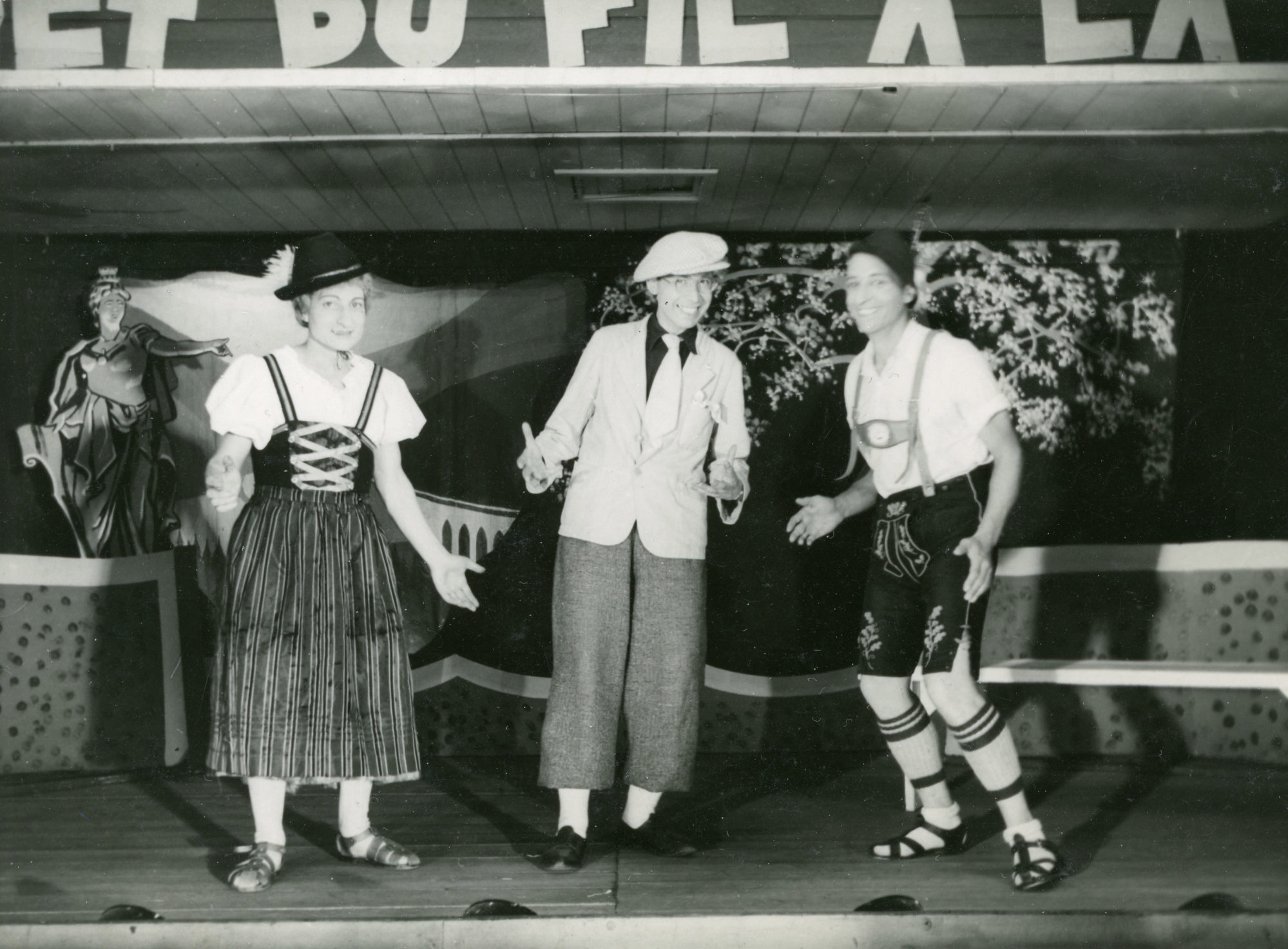Fashion
Opinion | How did Hong Kong POWs manage to fashion theatre costumes?

Accounts of prison camp life under the Japanese during the Pacific war years, whether in Hong Kong, Singapore, the Philippines, the Netherlands East Indies (modern Indonesia), Thailand, or other parts of Southeast Asia, all mention amateur theatrical productions, concerts and musical recitals.
Staged to help pass the time, which otherwise dragged heavily and slowly, these performances provided a welcome distraction, for both performers and audiences, from the depressing everyday circumstances of prison life.
Memoirs, diaries and other personal accounts of internment at Stanley camp in Hong Kong generally mention theatrical costumes; improvised from clothes obtained in camp, these were typically borrowed from individual owners when performance organisers learned that certain useful items were available. But where did these garments – and other potential props – originate?
In the interwar years, fancy-dress costume parties were staple features of European life in colonial Asia, and a ready source of improvised entertainment; from early childhood, dressing-up boxes created colourful pirate costumes and so forth from discarded old clothes and fabric scraps.
Nobody expected costumes to be picture perfect; making a determined effort, combined with ingenuity and design flair, were all part of the fun.
Clever innovations would be widely commented upon; women’s magazines often featured dressing-up box tips contributed by readers; cash prizes were awarded for particularly impressive exemplars.
All these home-hint elements later came into their own when adults found it imperative to make their own fun during wartime internment.
Throughout 1942, several women in Stanley were sent suitcases of their own clothing that – either during hostilities or in the brief aftermath of relative freedom of movement that came between the British surrender and being taken into custody – had been left with friends for safekeeping.
These persons, as Neutrals, Third Nationals or Chinese, were not interned by the Japanese, and were therefore able to dispatch these items to their owners in due course.
In many instances, these clothes were higher-quality outfits intended for “best” use, with little practical application in everyday internment camp life, and so were loaned for theatrical costumes.

Further additions to Stanley’s collective costume box came into camp late in the war. In late 1943, one man unexpectedly received a trunk full of clothes that had been left at a hotel for safekeeping during the brief period of hostilities in December 1941, and not subsequently retrieved. This assortment contained a morning coat, wedding garments and even a silk top hat.
Some women who’d had enough time to pack properly before coming into internment brought along a few treasured garments – such as ostrich feather boas, bathing suits and fur coats; these were also pressed into service by theatre troupes.
Imaginative improvisation was key to success. Wartime theatrical make-up was mostly made from Vaseline coloured with scrounged medical supplies – mercurochrome, gentian violet, potassium permanganate, iodine and other components were used to make yellows, purple/mauve shades and reds and browns.
Cinderella’s fabled slipper, fashioned from fabric and cardboard, glittered like diamonds from glued-on shards of broken Thermos flask glass linings. Even a cow was artfully improvised from hessian sacking.

In one well-remembered concert, a chorus of 50 men were dressed in Ruritanian-style “uniforms” fashioned from boiler suits and overalls, scraps of khaki cloth and scrounged Hong Kong Police uniform items.
Gilt buttons were fashioned from metal foil wrapping paper salvaged from cigarette packets. Corned beef tins cut down and hammered flat made suits of armour.
Wigs created from scraps of unravelled Manila hemp ropes were attached to backing material formed from stiffened canvas. Such lists are both extensive and impressive.









